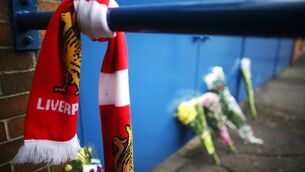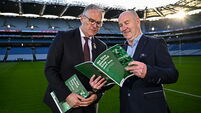An encore for the oft forgotten GAA ballad

On the way down, a call from a mate about matters GAA, but in the course of the conversation a question arose about a particular GAA ballad. The rest of the call drifted into the background as that brought me up short: What has happened to the GAA ballad?
There was a time long before social media when the knight-errantry on show in the playing fields of Ireland was lost to posterity the very second it occurred, of course. This was an Ireland where the one man in the street, or town land, with a car would have to be prevailed upon for a blow-by-blow account of a game if he’d travelled to it, often before he went in for his tea.












